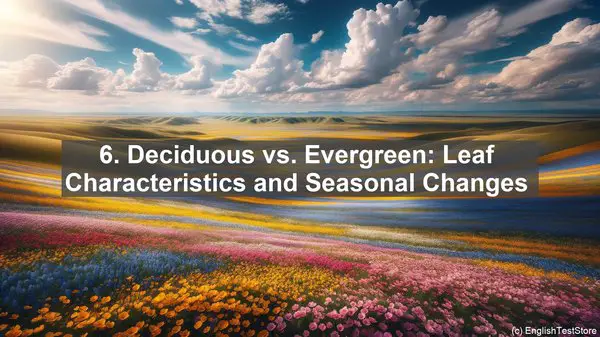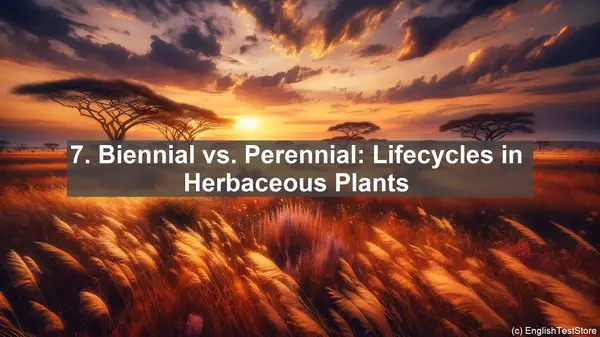Introduction: The Importance of Precise Language in Botany
When it comes to the world of plants, precision is key. From identifying species to discussing their characteristics, every word matters. However, there are several terms that are often interchanged, leading to misunderstandings. Today, we’ll shed light on these confusions, ensuring that you’re equipped with the right vocabulary for your botanical journey.
1. Stamens vs. Pistils: Understanding Floral Reproduction
Flowers are fascinating reproductive structures, but their parts can be perplexing. Stamens and pistils are often used interchangeably, but they’re distinct. Stamens are the male reproductive organs, consisting of the anther and filament, while pistils are the female organs, comprising the stigma, style, and ovary. Knowing this difference is crucial for discussions on pollination and fertilization.
2. Annuals vs. Perennials: Lifecycles in the Plant Kingdom
Plants, like animals, have lifecycles. Annuals complete their life cycle within a year, germinating, flowering, and producing seeds before dying. Perennials, on the other hand, live for multiple years, often going dormant during harsh seasons. Understanding these terms helps in garden planning and choosing the right plants for specific purposes.
3. Rhizomes vs. Tubers: Underground Storage Structures
Many plants store their energy reserves underground, but the structures they use can vary. Rhizomes are horizontal, underground stems that often give rise to new shoots, while tubers are enlarged, fleshy underground structures that store nutrients. Familiarity with these terms aids in understanding how plants adapt to different environments.
4. Photosynthesis vs. Respiration: Energy Processes in Plants
Photosynthesis and respiration are two fundamental processes in a plant’s life. Photosynthesis, occurring in the chloroplasts, converts light energy into chemical energy, while respiration releases that stored energy for various metabolic activities. Distinguishing between these processes is essential for comprehending a plant’s energy balance.
5. Xylem vs. Phloem: Transport Systems in Plants
Plants have an intricate network for transporting water, nutrients, and sugars. Xylem, made up of dead cells, primarily moves water and minerals from the roots to the rest of the plant. Phloem, composed of living cells, transports sugars and other organic compounds. Understanding these systems is vital for comprehending how plants distribute resources.

6. Deciduous vs. Evergreen: Leaf Characteristics and Seasonal Changes
The leaves of plants can be classified into two broad categories: deciduous and evergreen. Deciduous leaves shed during certain seasons, often as a response to environmental cues, while evergreen leaves persist throughout the year. Recognizing these leaf types aids in understanding adaptations to temperature and light variations.
7. Biennial vs. Perennial: Lifecycles in Herbaceous Plants
While we’re familiar with annuals and perennials, herbaceous plants have another category: biennials. Biennials complete their lifecycle in two years, often growing vegetatively in the first year and flowering in the second. Understanding this distinction is crucial for managing and propagating these plants effectively.

8. Sepals vs. Petals: Floral Whorls and Their Functions
A flower’s beauty is enhanced by its sepals and petals, but they serve different purposes. Sepals, usually green, protect the developing bud, while petals, often colorful, attract pollinators. Recognizing these floral whorls and their roles adds depth to discussions on flower structure and function.
9. Genus vs. Species: The Building Blocks of Taxonomy
Taxonomy, the science of classification, relies on the concepts of genus and species. A genus encompasses a group of closely related species, while a species refers to individuals that can interbreed and produce fertile offspring. Mastery of these terms is essential for accurate species identification and classification.
10. Hybrids vs. Varieties: Understanding Plant Breeding
In the realm of plant breeding, hybrids and varieties are frequently encountered. Hybrids result from the crossbreeding of two different species or varieties, often displaying a combination of traits. Varieties, on the other hand, are distinct forms within a species, exhibiting variations in characteristics. Knowing these distinctions aids in selecting suitable plants for specific purposes.
